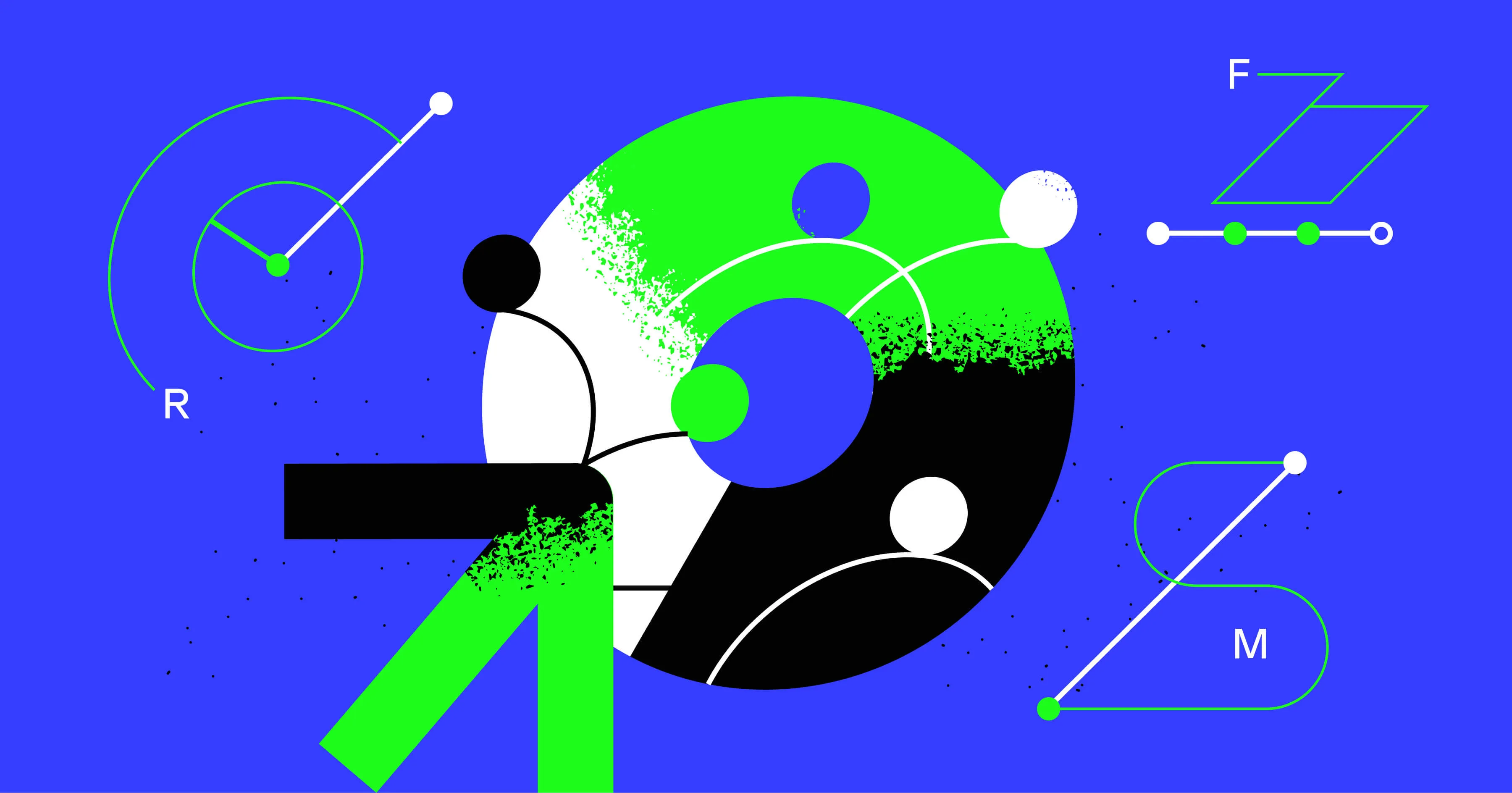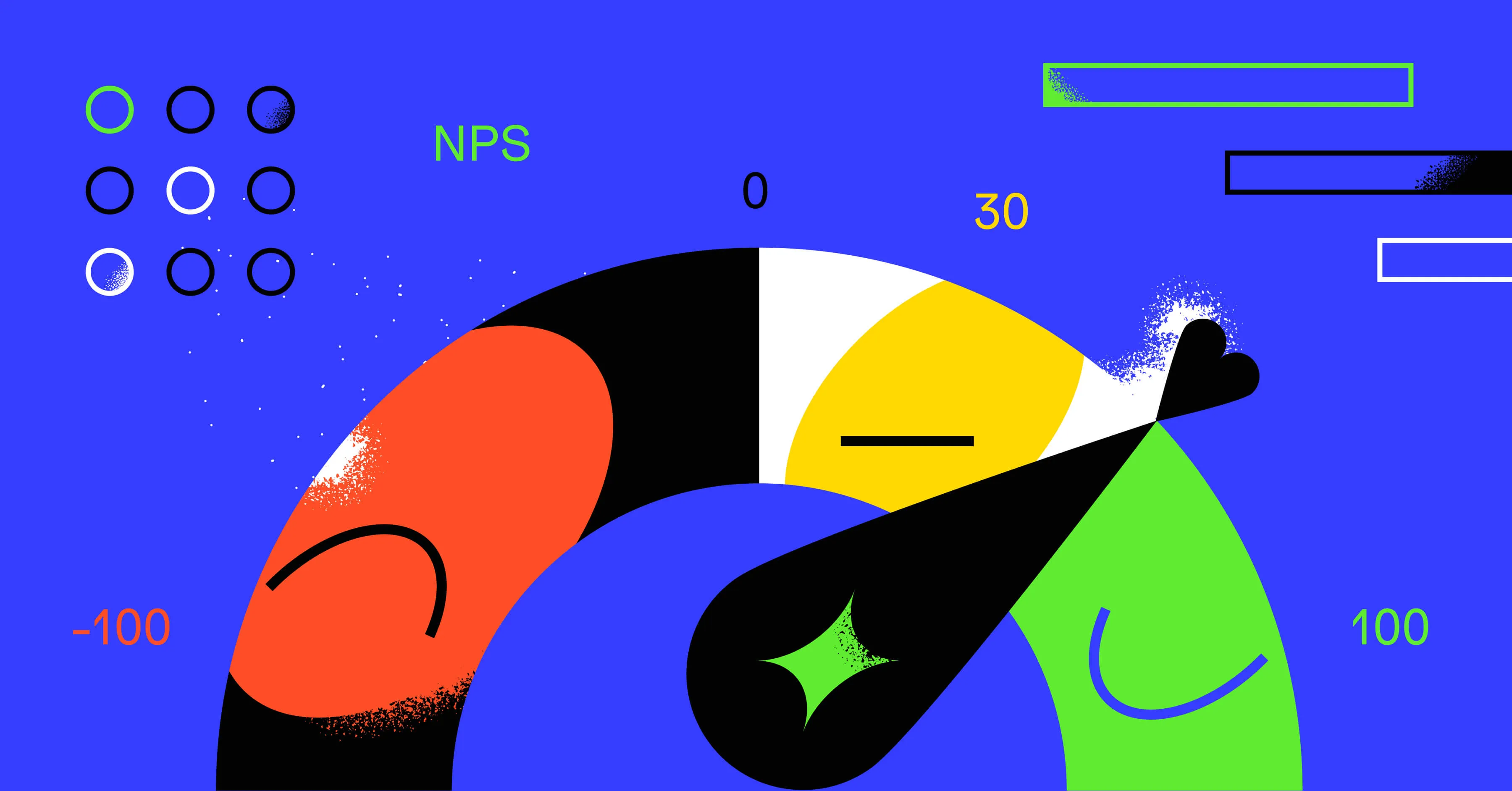We need to talk about FOMO. What's wrong with playing on fear in marketing and product?

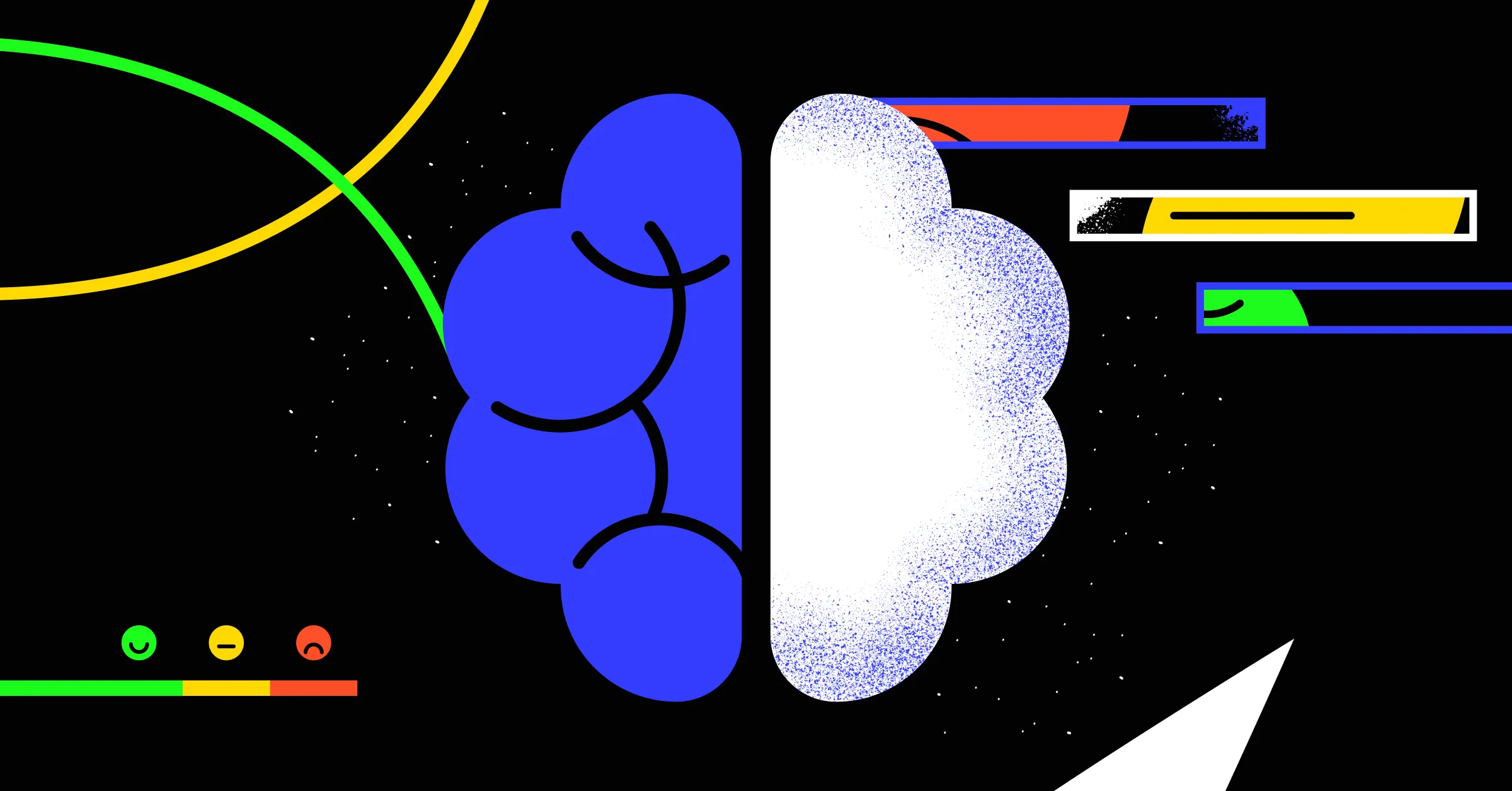
Share
Even before the digital era, the fear of missing out influenced people’s decision-making. For some people, this fear added a spiciness like hot chili pepper to a monotonous routine. Since then, it is no surprise that FOMO in product and marketing communications has burst a flame into our lives, playing its no-rules game. But is there a real winner?
A widely used marketing tool
As a built-in digital marketing tool, FOMO made its way from social experience to a sales’ tool.
Hi, I’m FOMO
The fear of missing out (FOMO) is a widespread phenomenon that significantly hit the world during the last 20 years. Whenever you feel worried about missing out on social activities, buying things, or having a better job, FOMO will take over.
The World Journal of Clinical Cases stated recently that FOMO ”[…] is associated with a range of negative life experiences and feelings, due to it being considered a problematic attachment to social media.” If FOMO is associated with such negative feelings of anxiety, jealousy, anger, and fear, why do we allow it to influence us?

FOMO and consumers
While FOMO, as a derivative fact, has been cultivated through social media channels, its effect has gained incredible popularity among sales, product and marketing teams. Strong slogans and calls to action based on FOMO grab people’s attention, and catchy designs keep them from passing by.
The spread of FOMO has led to an upside-down perception where not acting is almost equal to missing out. For dedicated teams who want to shorten sales cycles, FOMO shows its main advantage — it increases conversion rates here and now.
From a psychological perspective, FOMO is based on the mere urgency effect (MUE). MUE represents a tendency to prioritize urgent tasks over important tasks. So, when a promo duration time is strictly limited, consumers are much more likely to buy a product or service they may have never wanted to buy.

There is also a significant relationship between FOMO and consumption behavior. People tend to have a strong desire to remain part of society. Thus, fear of exclusion from being “out-of-date” (e.g., not owning a new device) or being distanced from the group (e.g., not traveling to fancy places) feeds the FOMO effect.
A magic pill or a poison?
Let’s explore how FOMO influences B2С consumers through marketing and how the pandemic helped to re-highlight FOMO from a new perspective.
Covid-19 and FOMO
Covid-19 has made its own adjustments to the way people are buying things. It was a total FOMO party. For example, in the US, toilet paper sales increased by more than 700%, leisure bikes by 120%, and bread maker sales rose 500% in March 2020. Consumers and mostly their own fears created the goods shortage. Panic, stress, and terror ruled people’s minds, while businesses seemed to just take advantage of the situation.
Suddenly, there was another unexpected trend. The observations of psychoanalysts who worked with people with the FOMO syndrome during the 2020 pandemic were pretty curious. It turned out that many patients, even in a state of severe stress, reported relief and a decrease in their general anxiety during the first lockdown. At that time, everyone else found themselves in the same situation. Parties and trips were canceled, and people were no longer obsessed with buying — in general, there were fewer reasons for feeling that you were missing out.
It was the moment when the joy of missing out (JOMO) showed up. People were finally liberated from the over-stimulation they had felt to buy and from chasing some episodic well-being. It was an excellent reboot to understand what was still valuable and what wasn’t.
FOMO vs. JOMO
JOMO can be seen as a response to the FOMO obsession. The term describes the positive emotion from being where you are in your life. As an antidote to the negative feeling of missing out, JOMO brings so much relief, primarily focusing on what people feel and want.
Speaking about the consumers’ attitude to the FOMO/JOMO issue, the Journal of Organizational Psychology published curious research. It was found that those who experience JOMO have a higher level of customer satisfaction than those who experience FOMO.
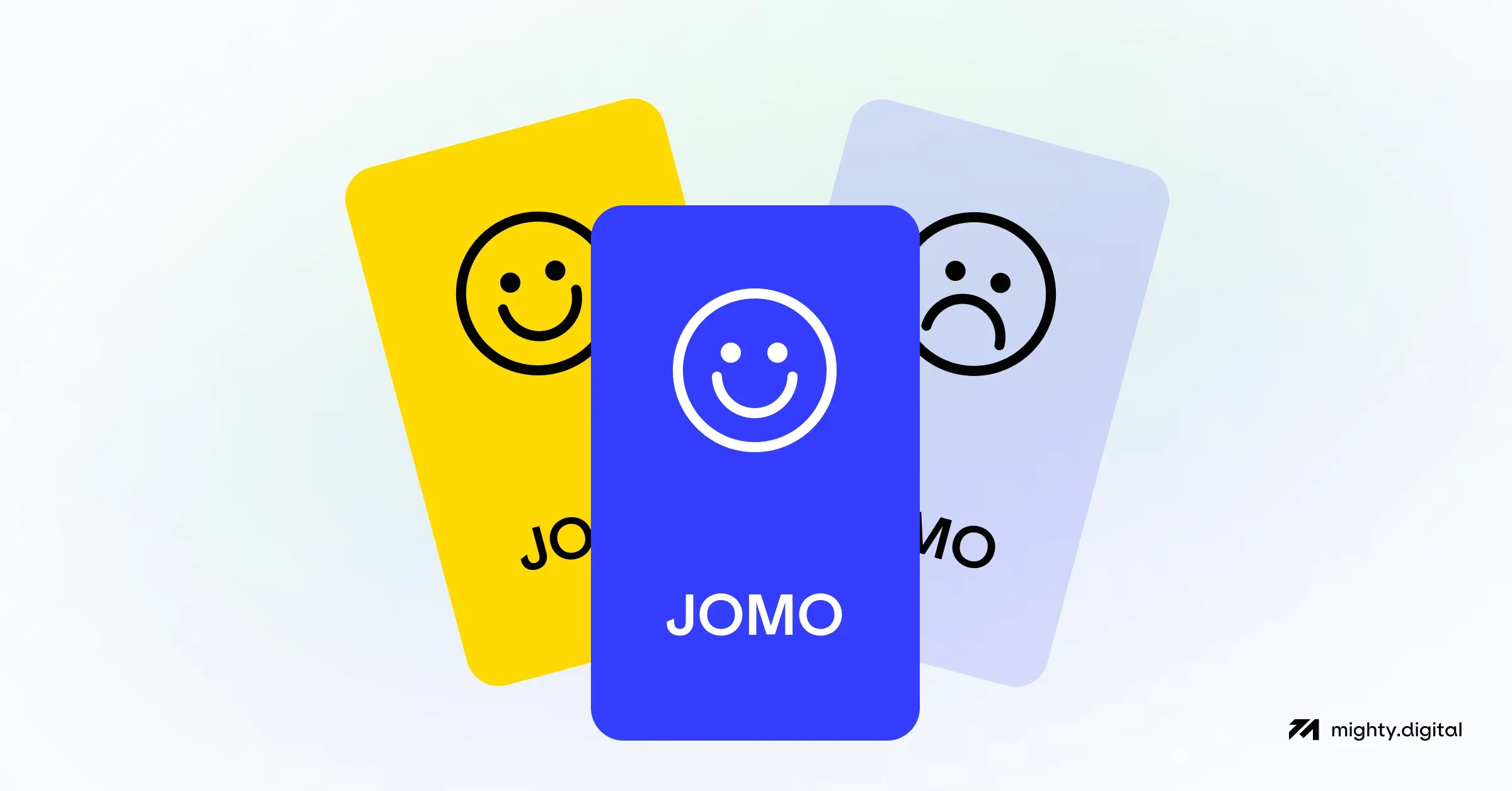
The research showed that 41% of participants used a product/service during their JOMO experience they had previously purchased, and 3% bought something new. At the same time, FOMO participants were less likely to use products they had previously purchased, while 9% bought new things.
At face value, the FOMO group showed a stronger level of purchasing. But the JOMO experience seems to have created a stronger connection between a user and a brand.
Slow down, FOMO
From the above, we can see that impulse purchasing is often proceeded by FOMO. Even so, if consumers are unsatisfied with the purchase, they are likely to experience post-purchase regret. Let’s be honest, product and marketing teams use the FOMO technique to primarily focus on generating an immediate sales increase. But the long-term effect most companies want is to create relationships with their consumers.
Another reason that FOMO falls sort of producing sustainable and long-term effects is that it’s seen as a ploy with questionable ethical applications. Lately, there have been many talks on ethical marketing, and respect for customers is gaining more and more value. Moreover, customers’ expectations are also growing. People have increased demands on those to whom they give their money.
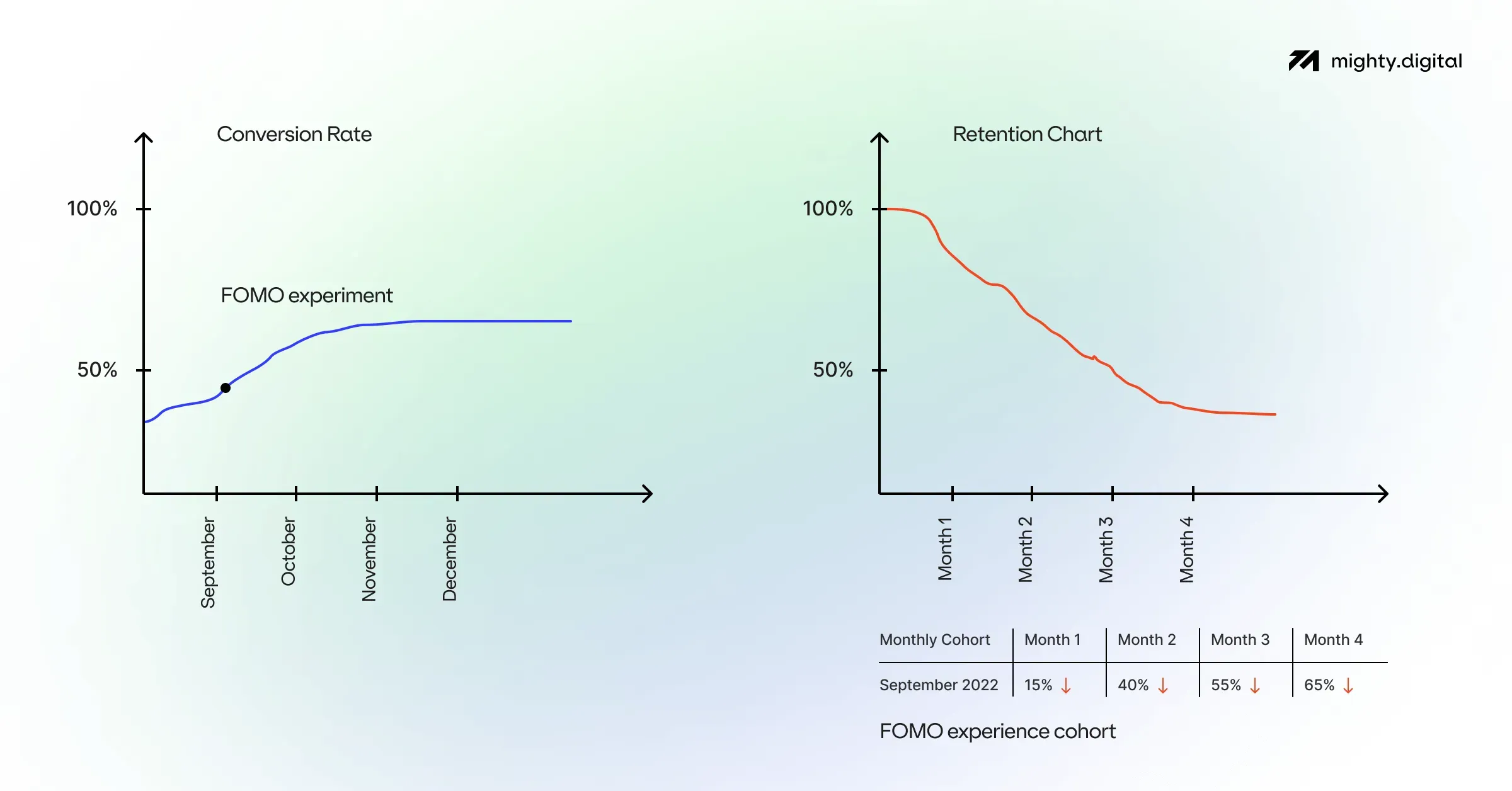
Here are some examples of FOMO barriers that can affect business goals in the long run:
- Playing on fear. People face negative emotions almost every day and may subconsciously perceive your brand name as a source of something bad and manipulative.
- Demand mismatch. Creating artificial demand is a working way to increase conversions. But, it doesn’t mean the customer needs the product/service at that very moment. Such a FOMO purchase will probably bring disappointment or guilt and will likely discourage further spending.
- Low CLV/LTV. Fast sales based on something other than trust and loyalty reduce retention and customer lifetime value as a result.
- Distorted values. FOMO fans often say that in this digital world, no one wants more and more new products. If you want to sell yours – shout the loudest. But will such an approach lead to customer satisfaction? The answer seems pretty evident – no.
When all cons are said, it may seem that FOMO can harm a business more than help. Now it will be useful to figure out how to deal with FOMO - deny it or accept it.
Forewarned is forearmed
FOMO marketing tactics are as old as time, that’s why a conscious reduction of FOMO in product and marketing communications is the best thing a company can do.
The next time you come up with an intent to use FOMO, think of how often you do it, with what purpose, and how you can soften the blow with a text. The message can be either soft or hard, sharing some values or just playing on the fear of missing out to increase revenue.
Being constantly overstressed, consumers need and want empathy. And giving them this good old human touch will make them a part of your brand’s loyal community. In this case, if one day the use of FOMO shoots you in the foot, you’ll have a safety net to fall into.



